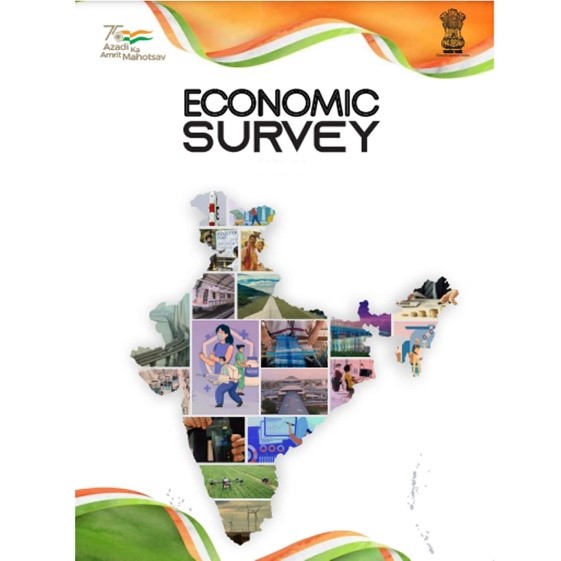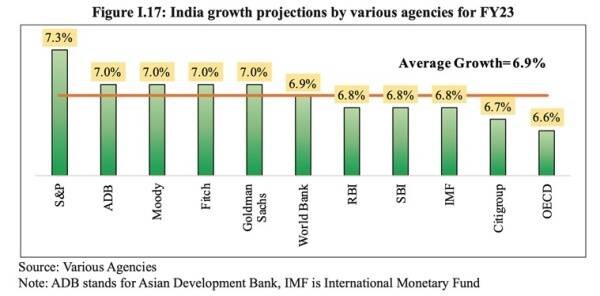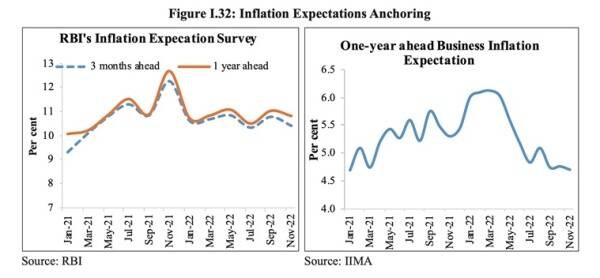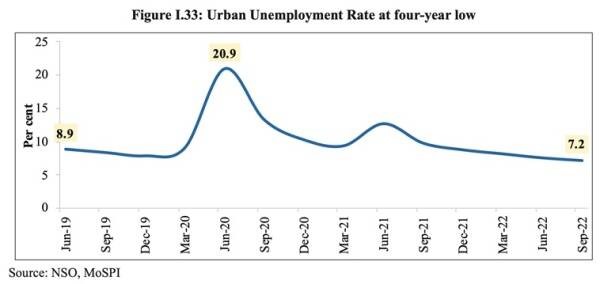Free Courses Sale ends Soon, Get It Now


Free Courses Sale ends Soon, Get It Now



Disclaimer: Copyright infringement not intended.
Context:
What is the Economic Survey?

Note: The comments or policy solutions contained in the Survey are not binding on the government.
What are the main takeaways this year?
GDP Growth
|
BASE EFFECT It refers to the impact of an increase in the price level (i.e. previous year’s inflation) over the corresponding rise in price levels in the current year (i.e., current inflation). If the inflation rate was low in the corresponding period of the last year, then even a small increase in the price index will give a high rate of inflation in the current year. |
Inflation

Unemployment

Outlook for 2023-24
What does it mean for India’s economy?
NOTE: These reforms had not yielded the desired results because banks were getting rid of their non-performing assets (NPAs) and business firms were deleveraging. Shocks such as the Covid pandemic and the Ukraine war made matters worse.
Reference to 2003:
Closing Thoughts:
© 2024 iasgyan. All right reserved